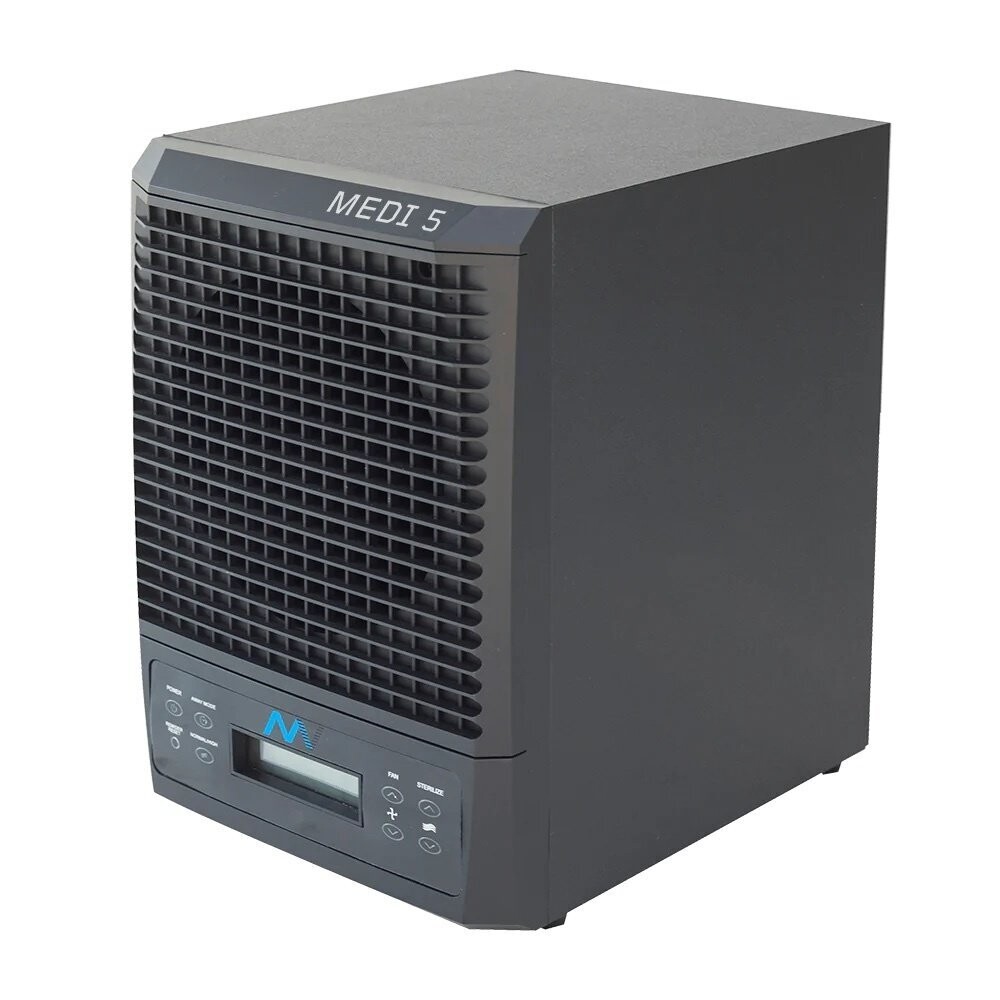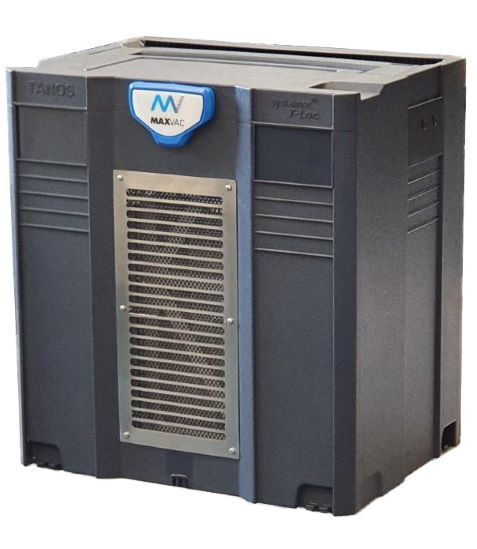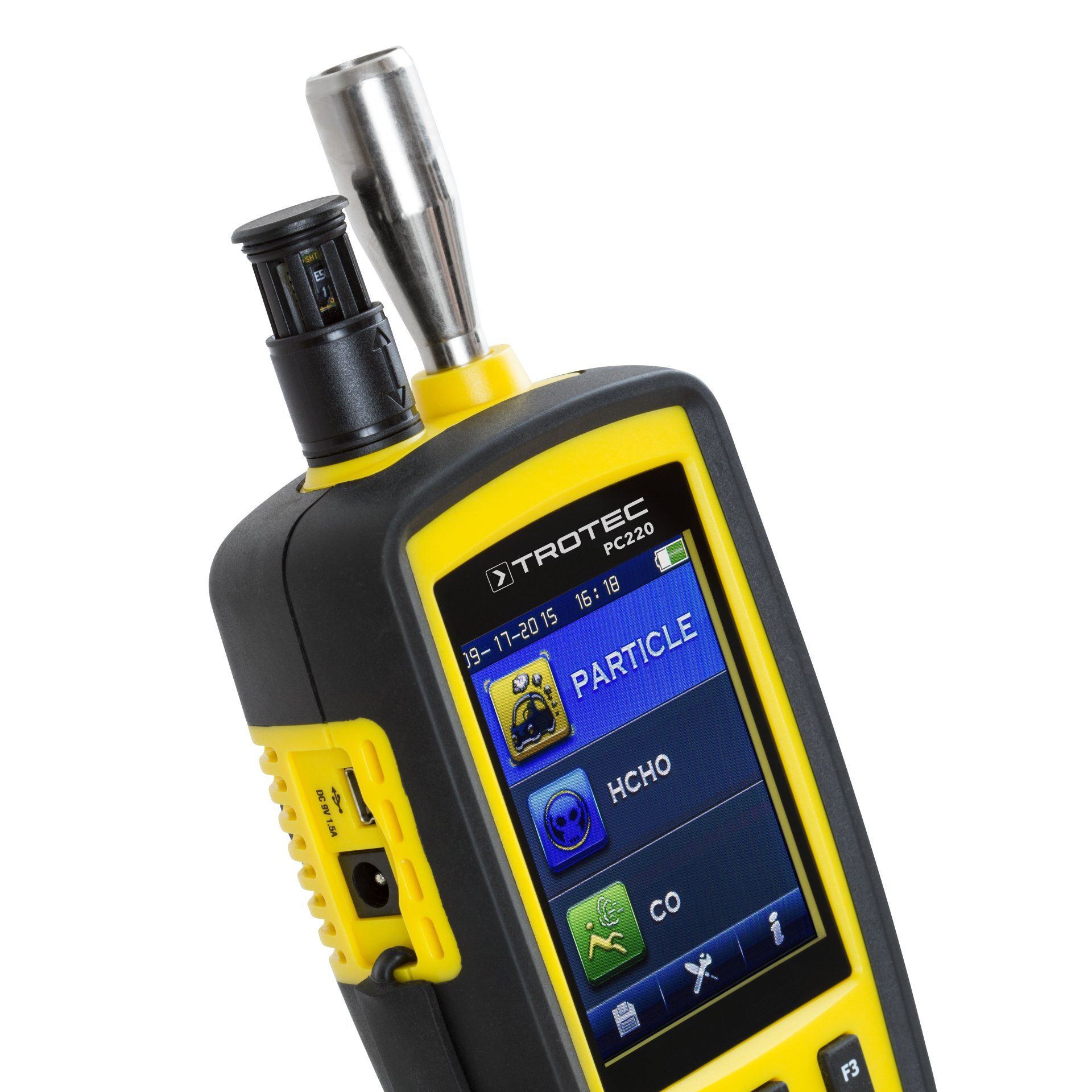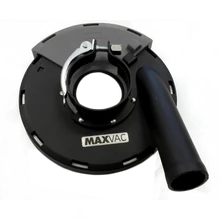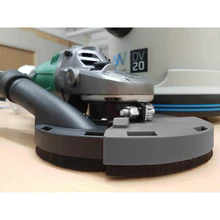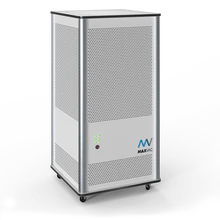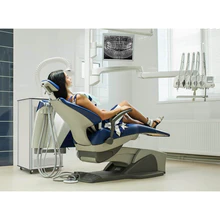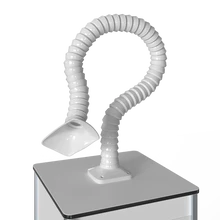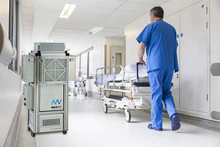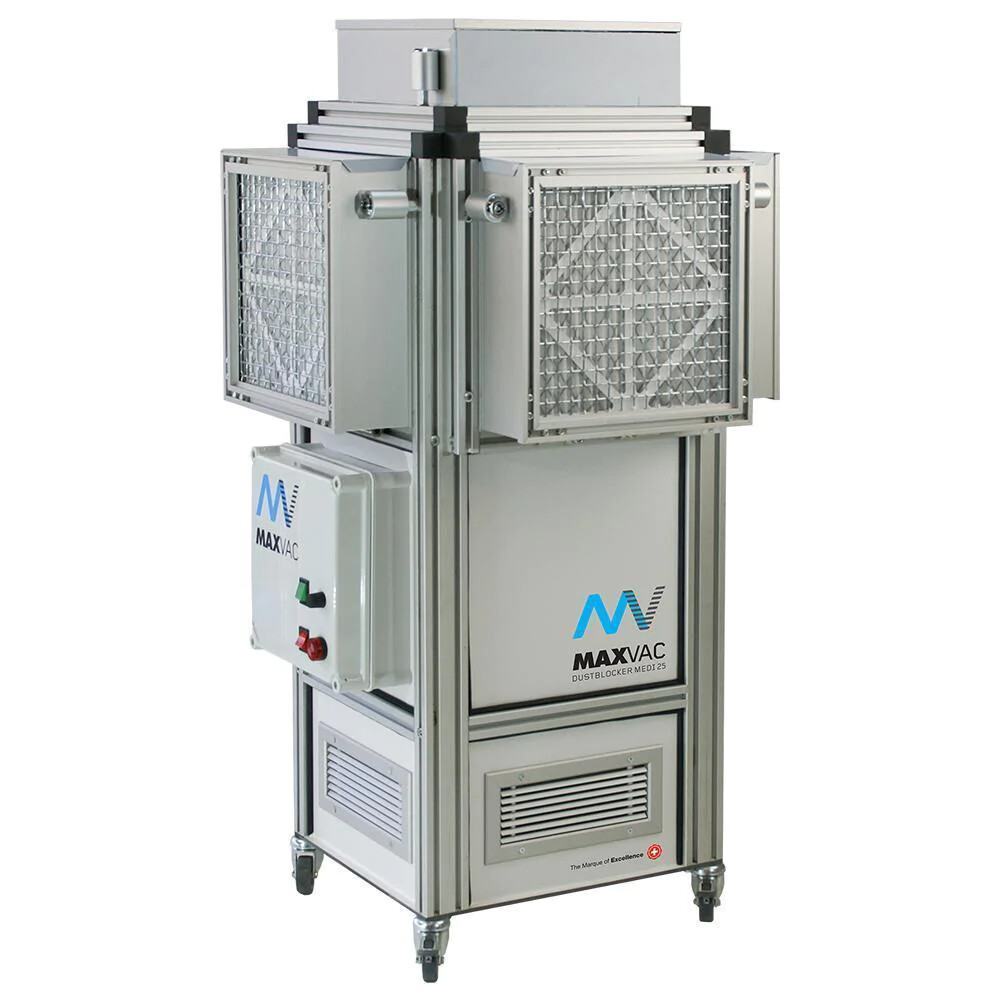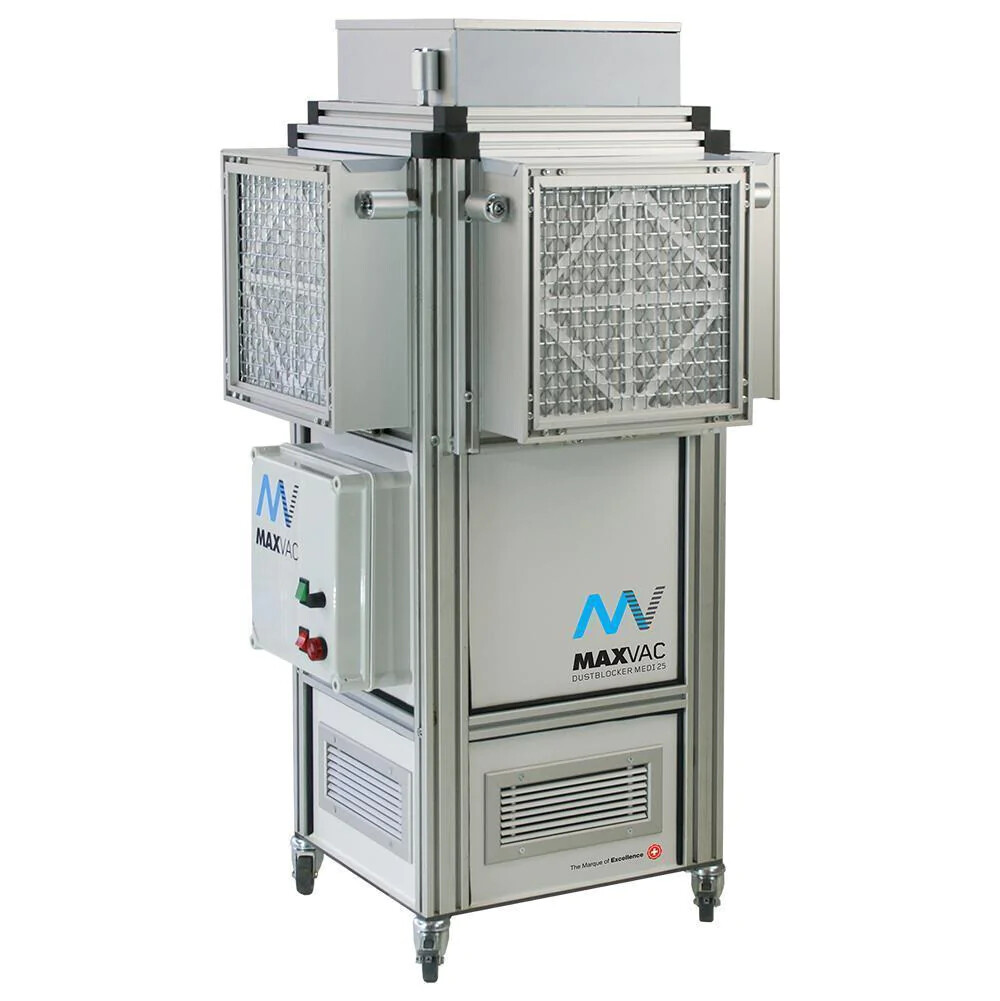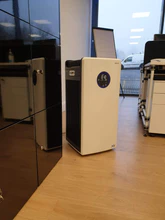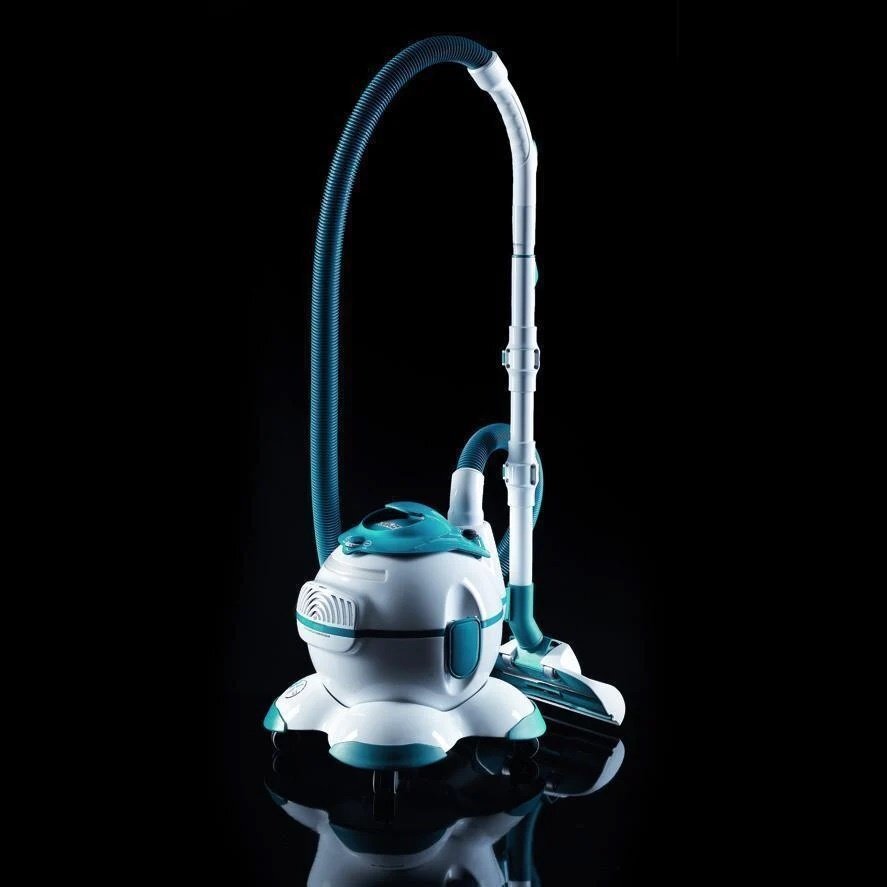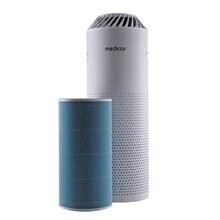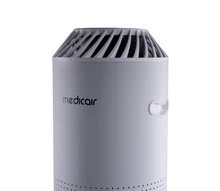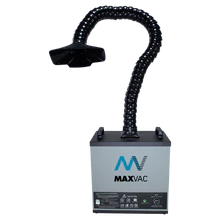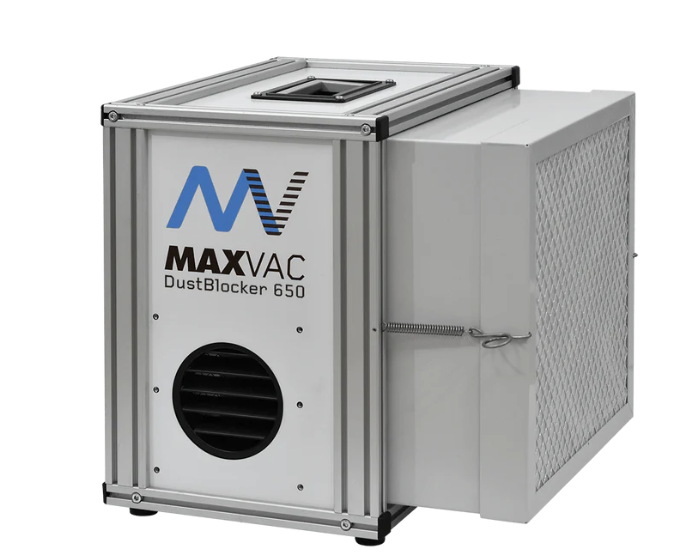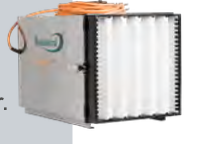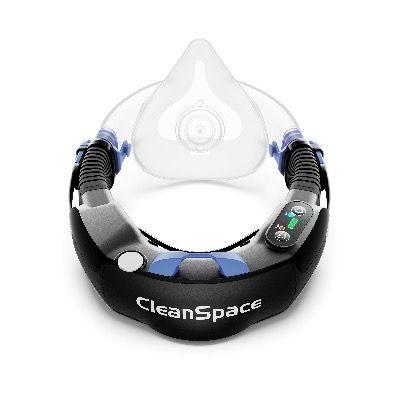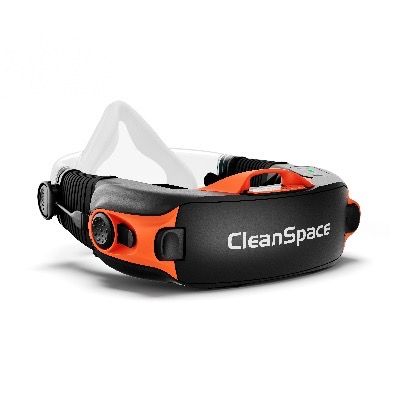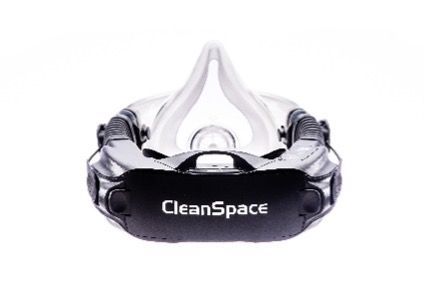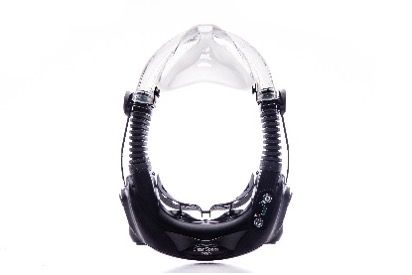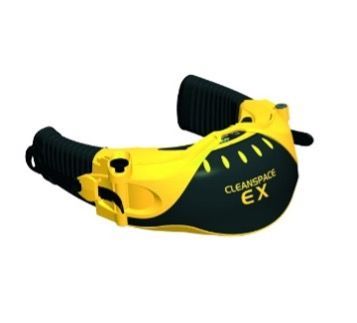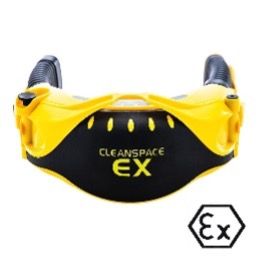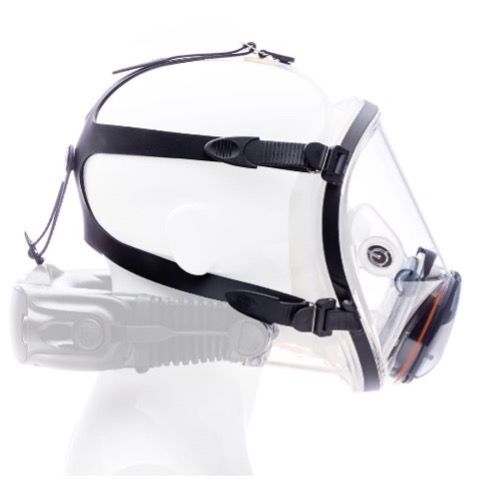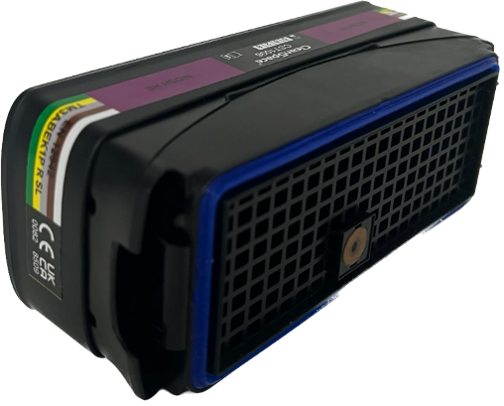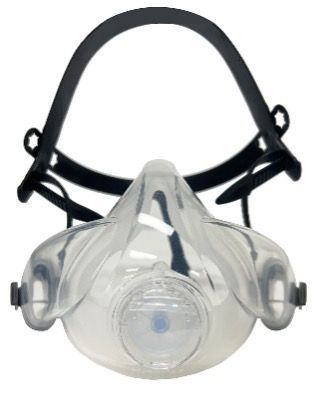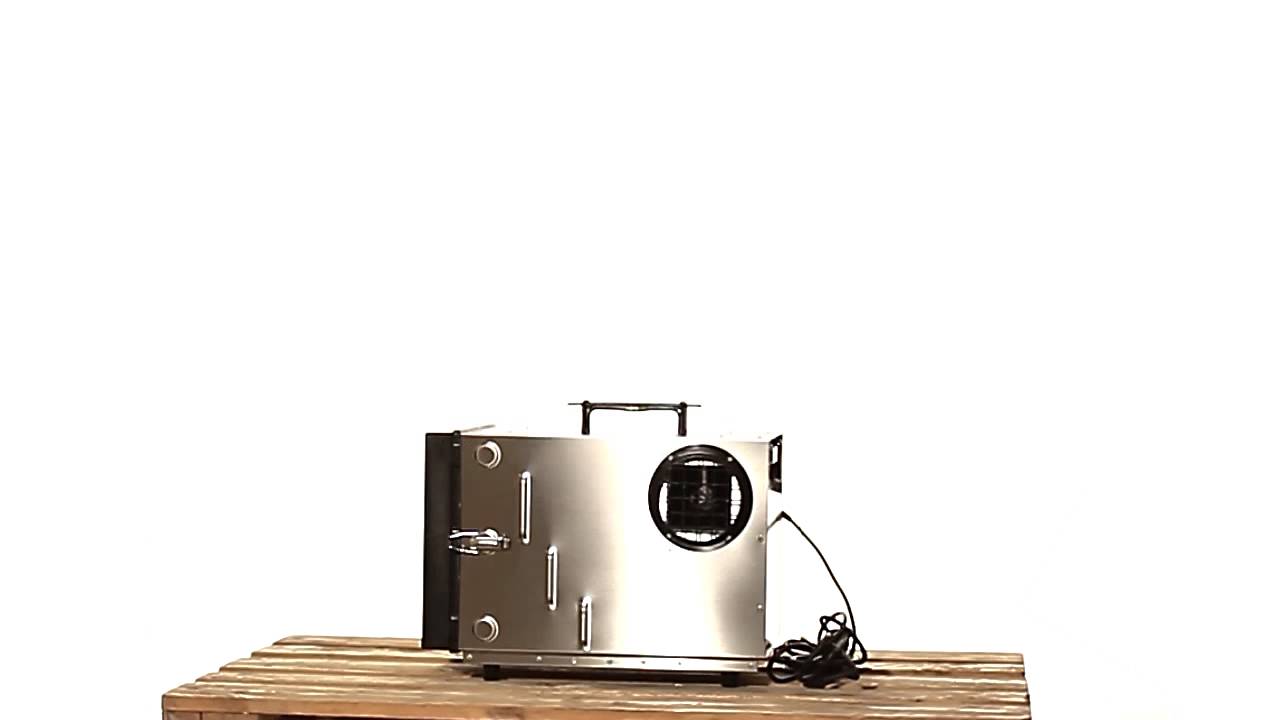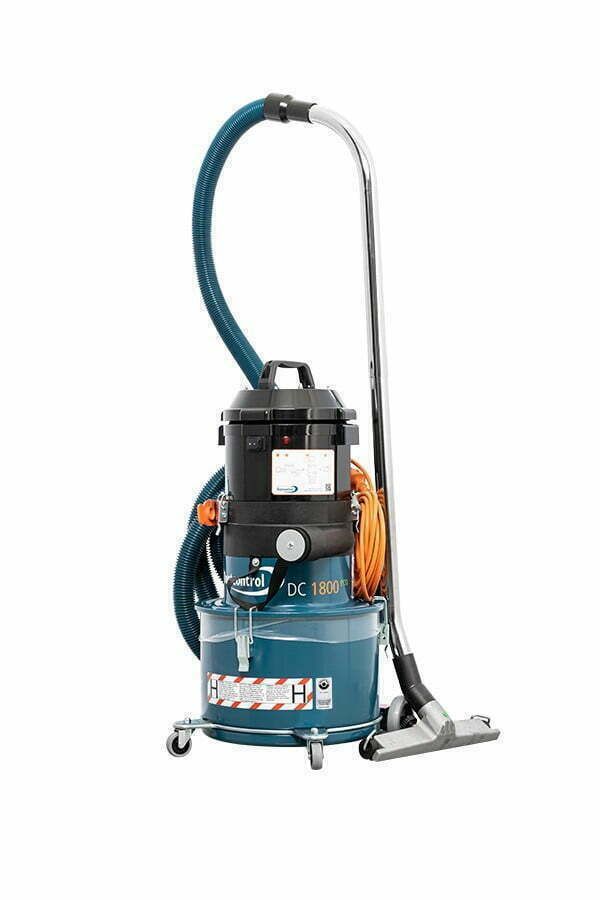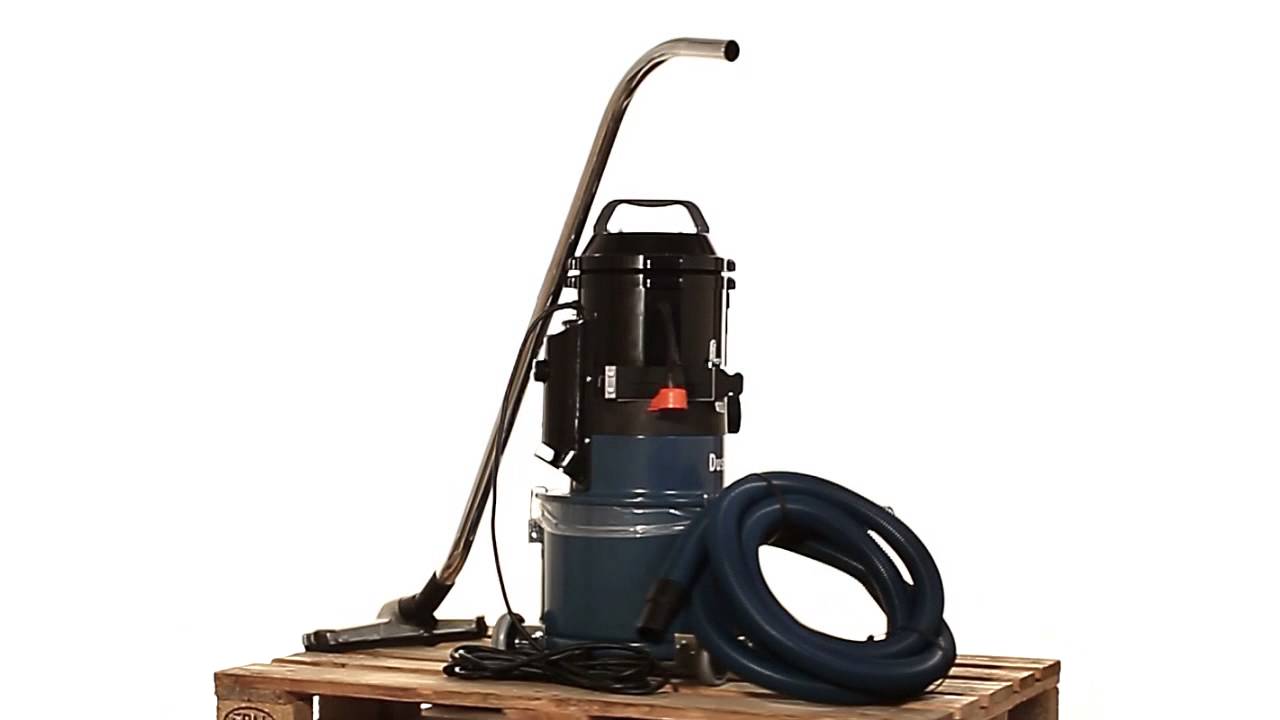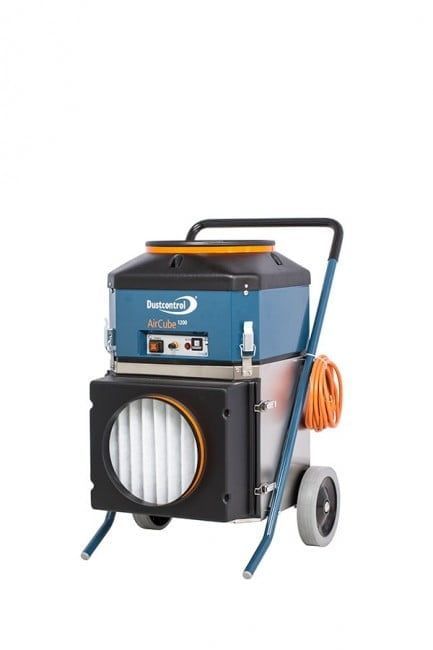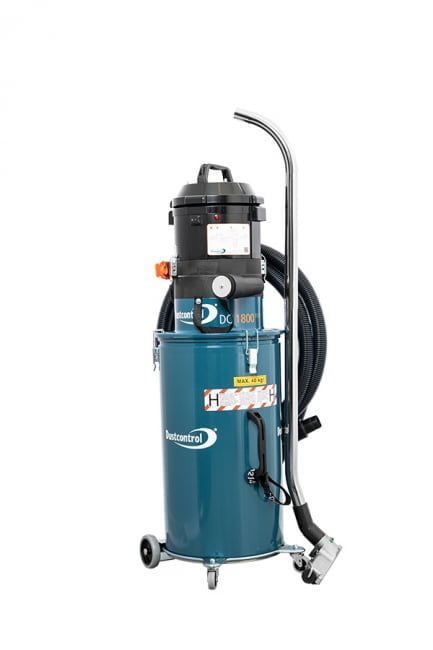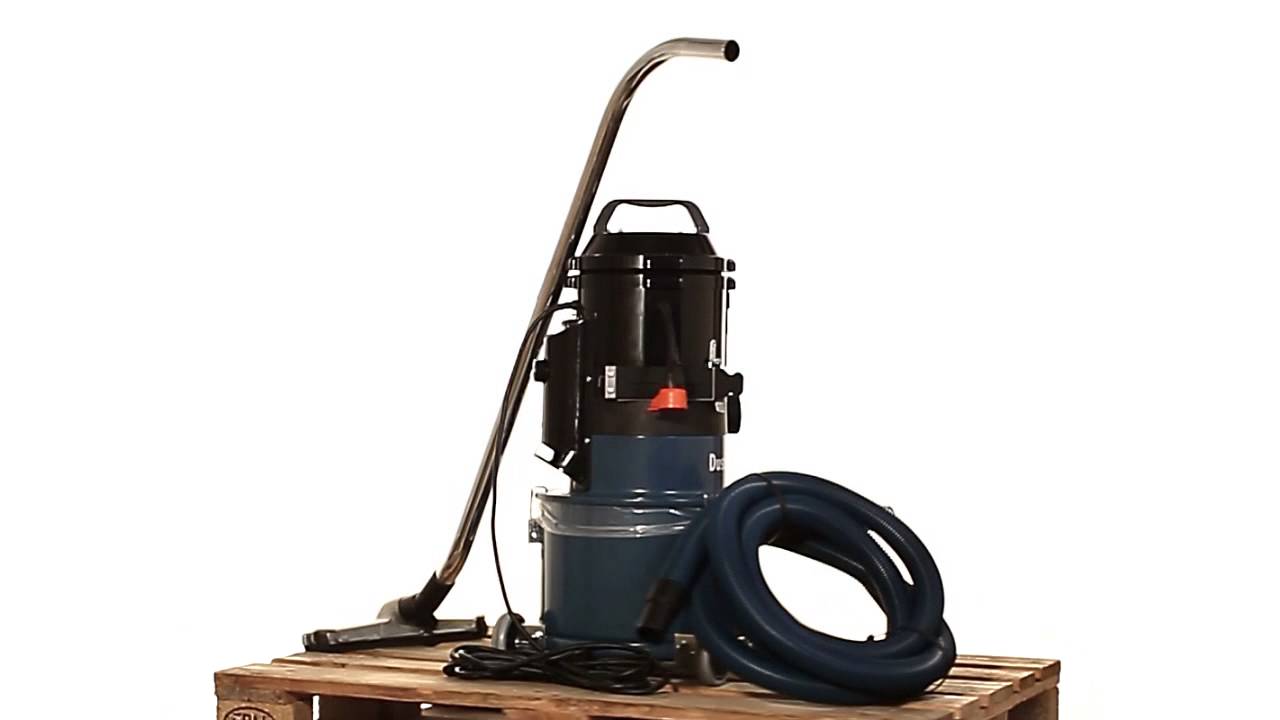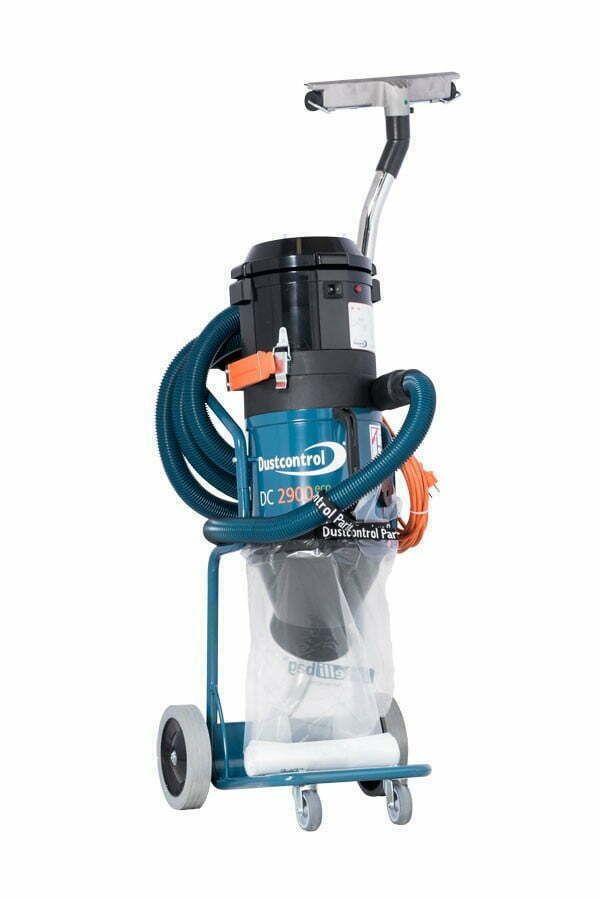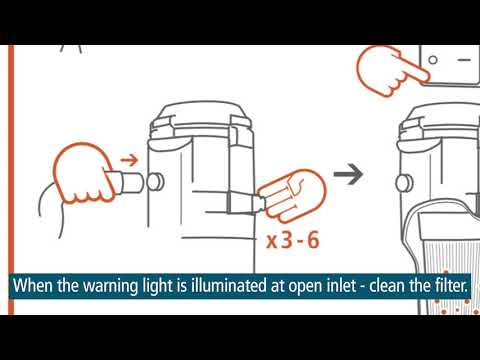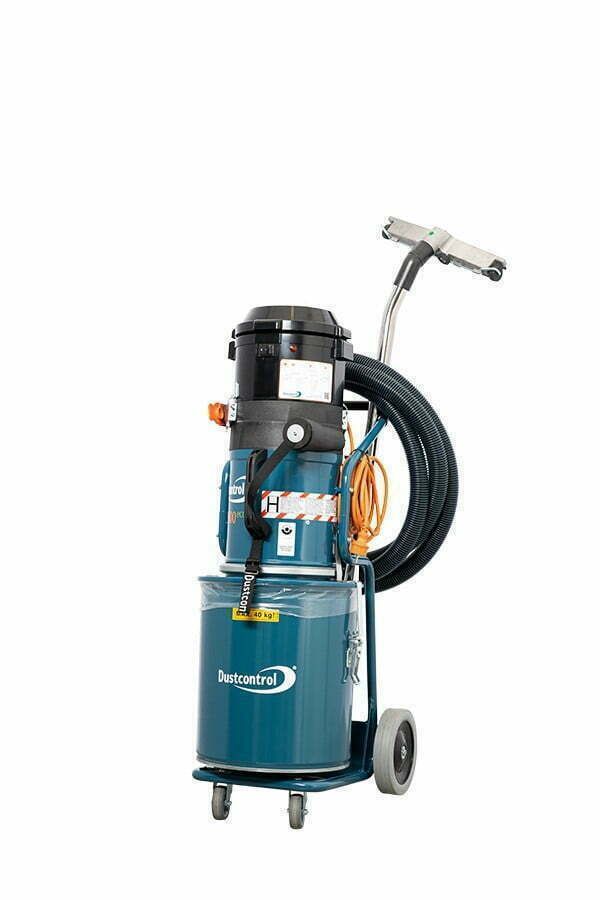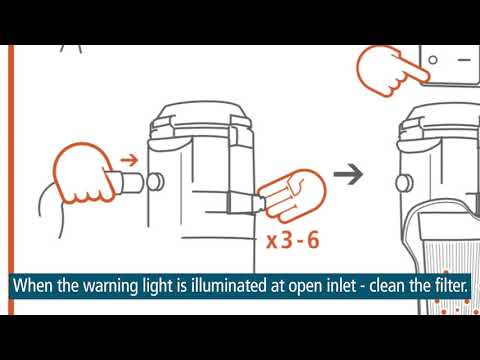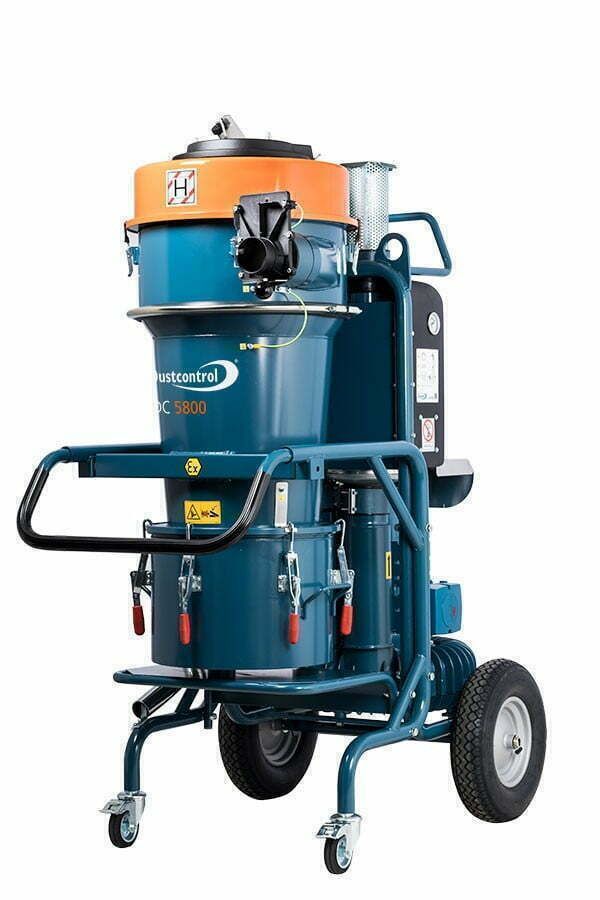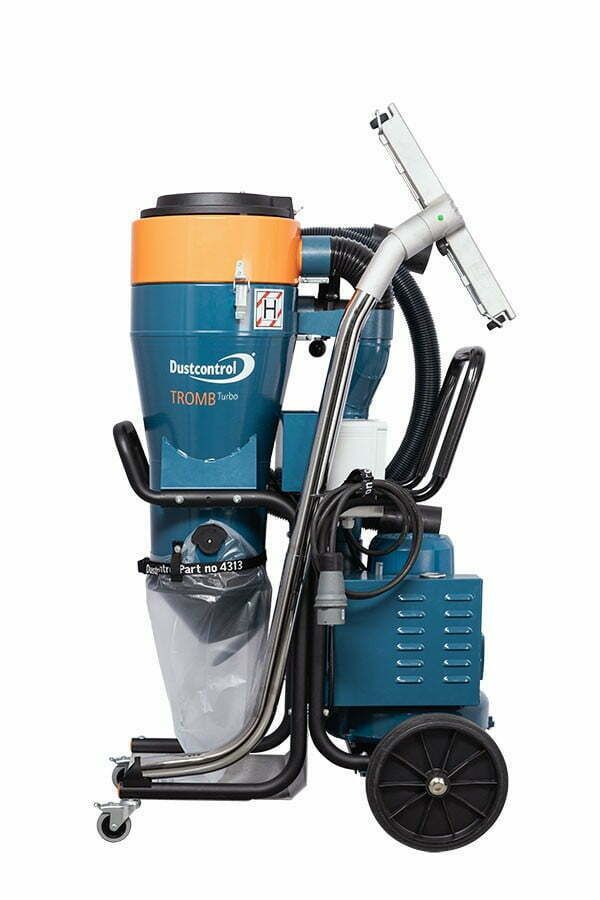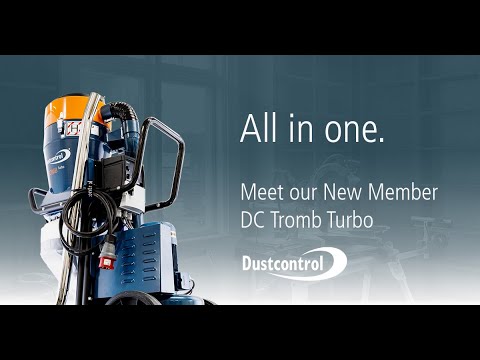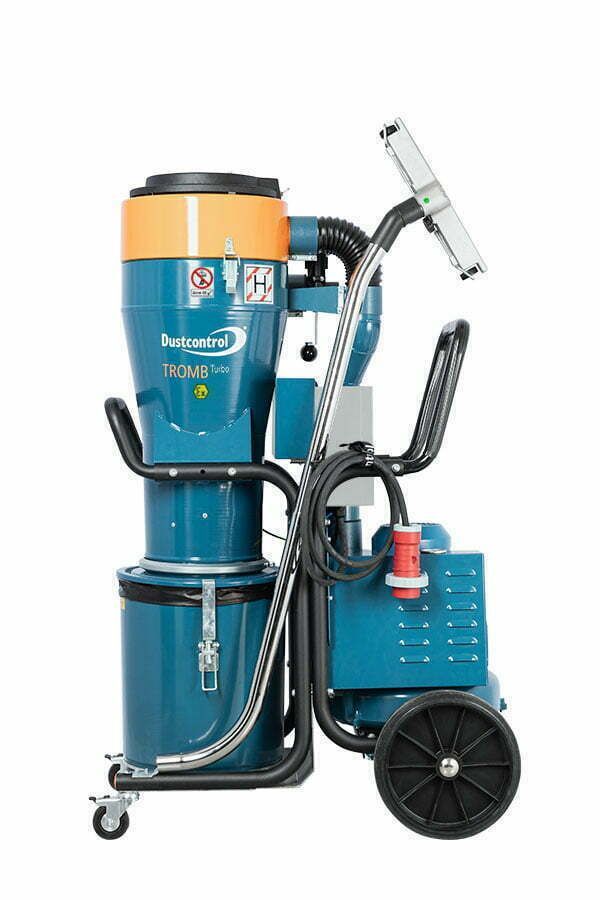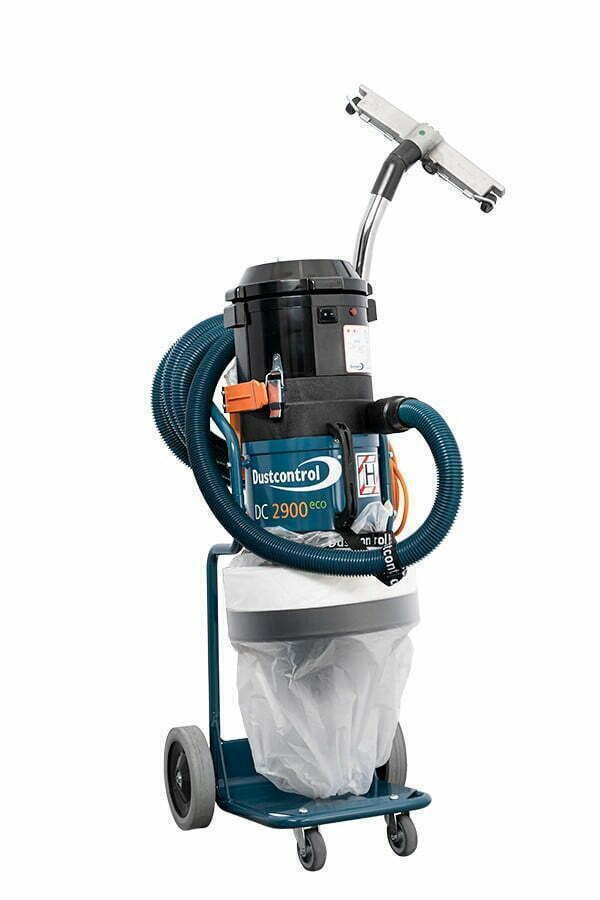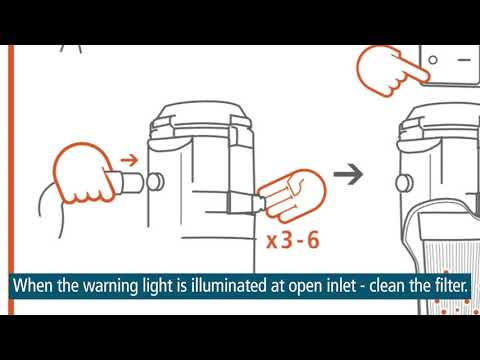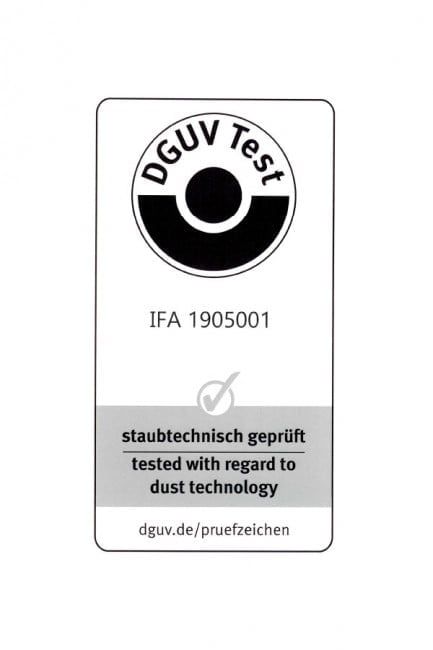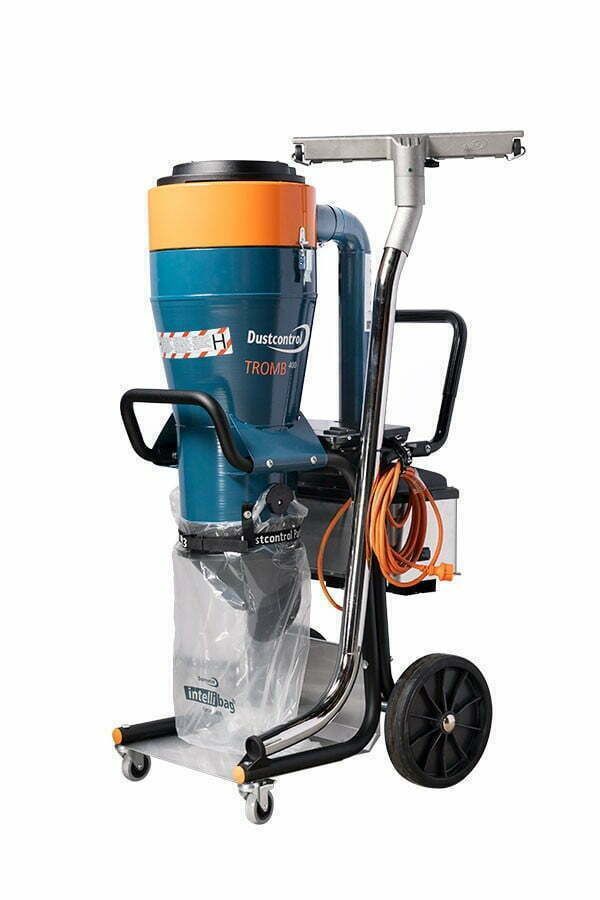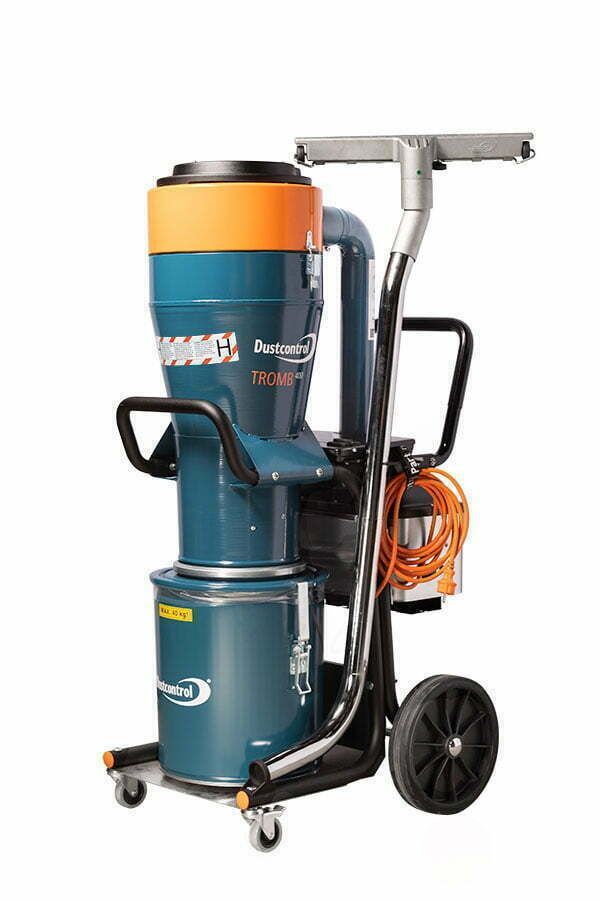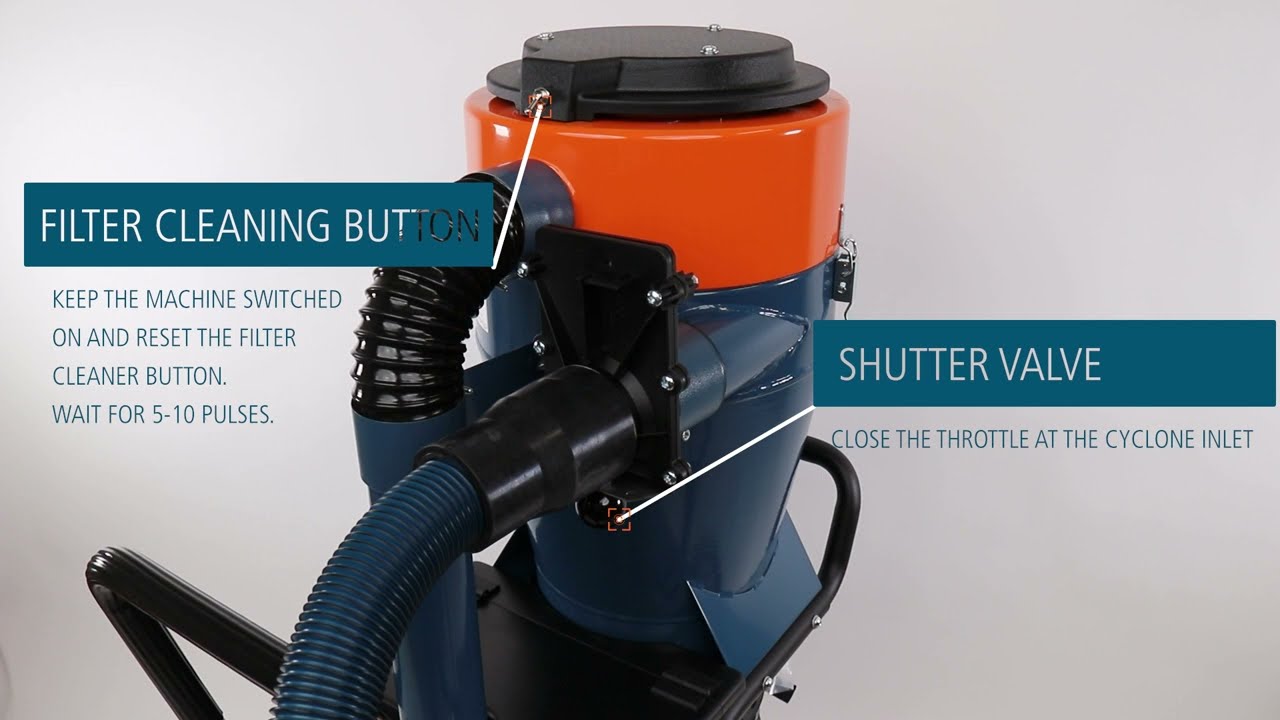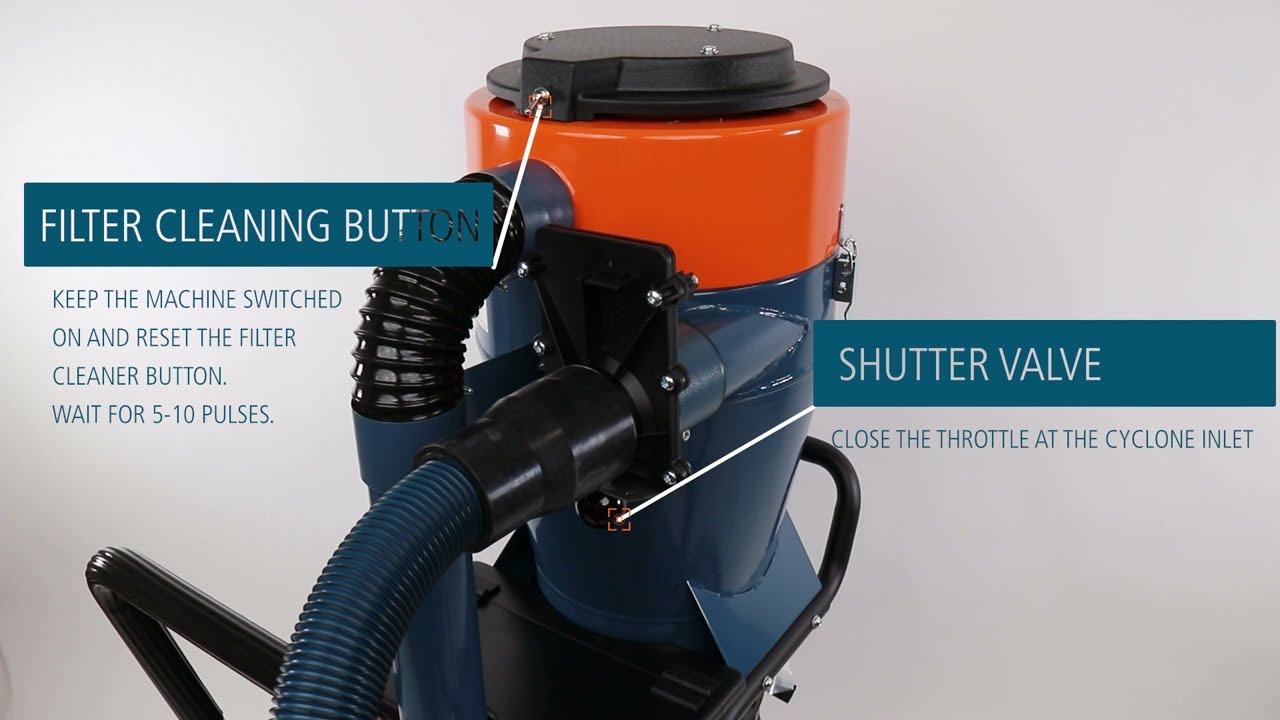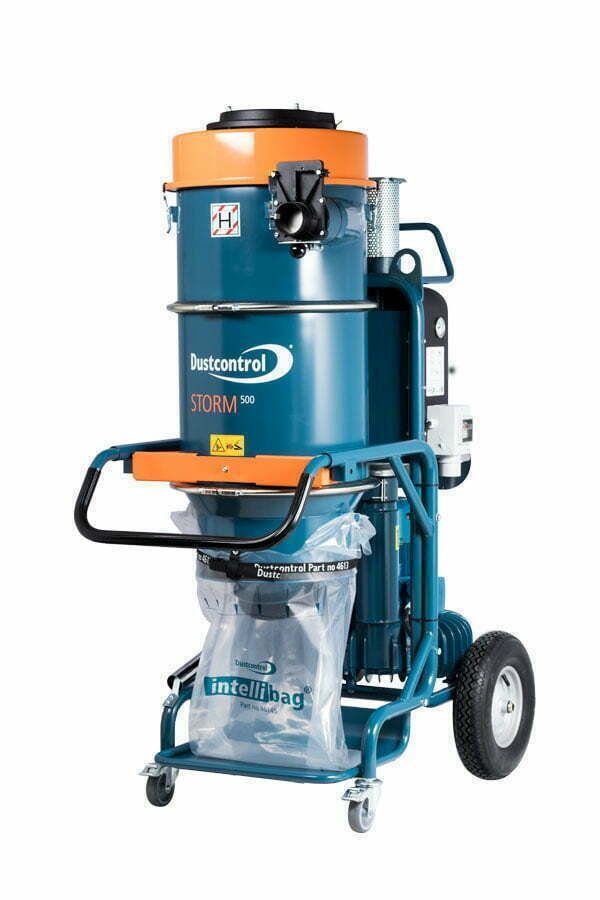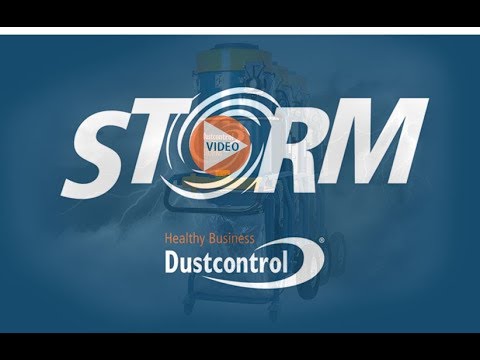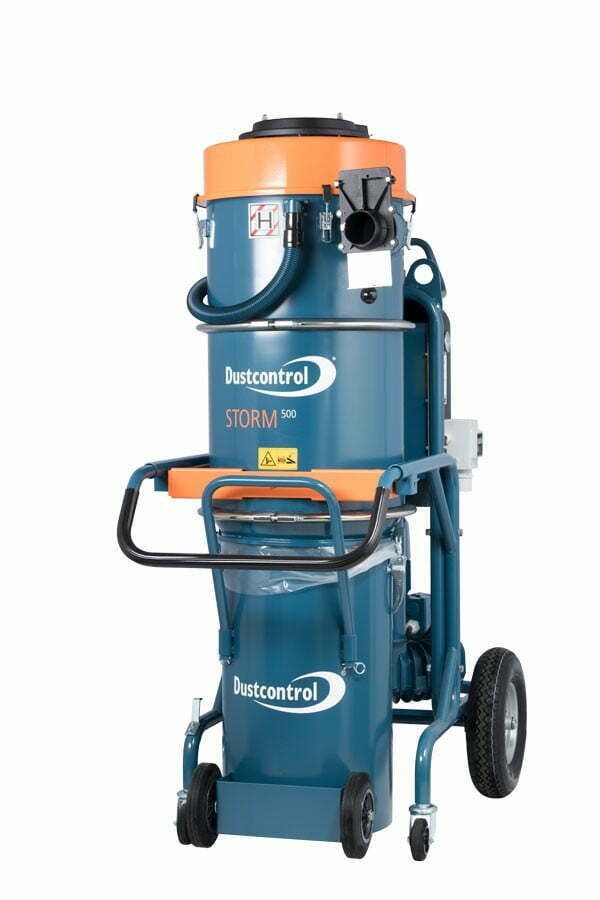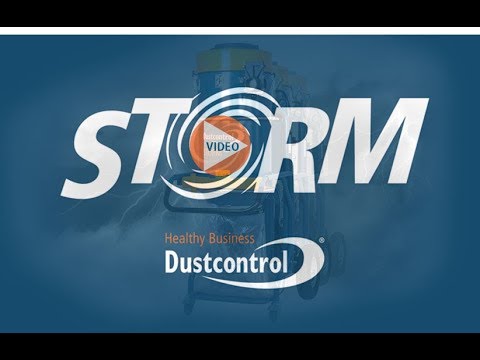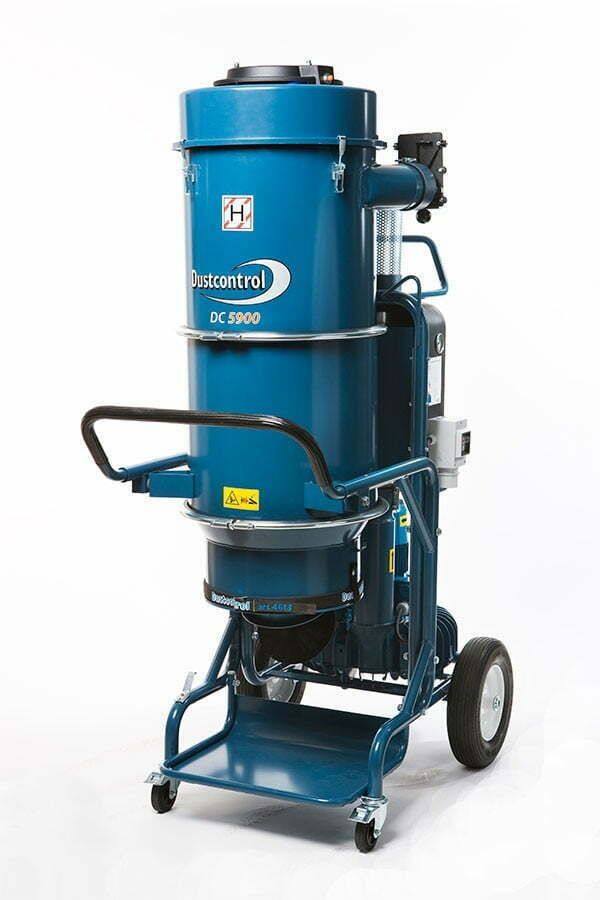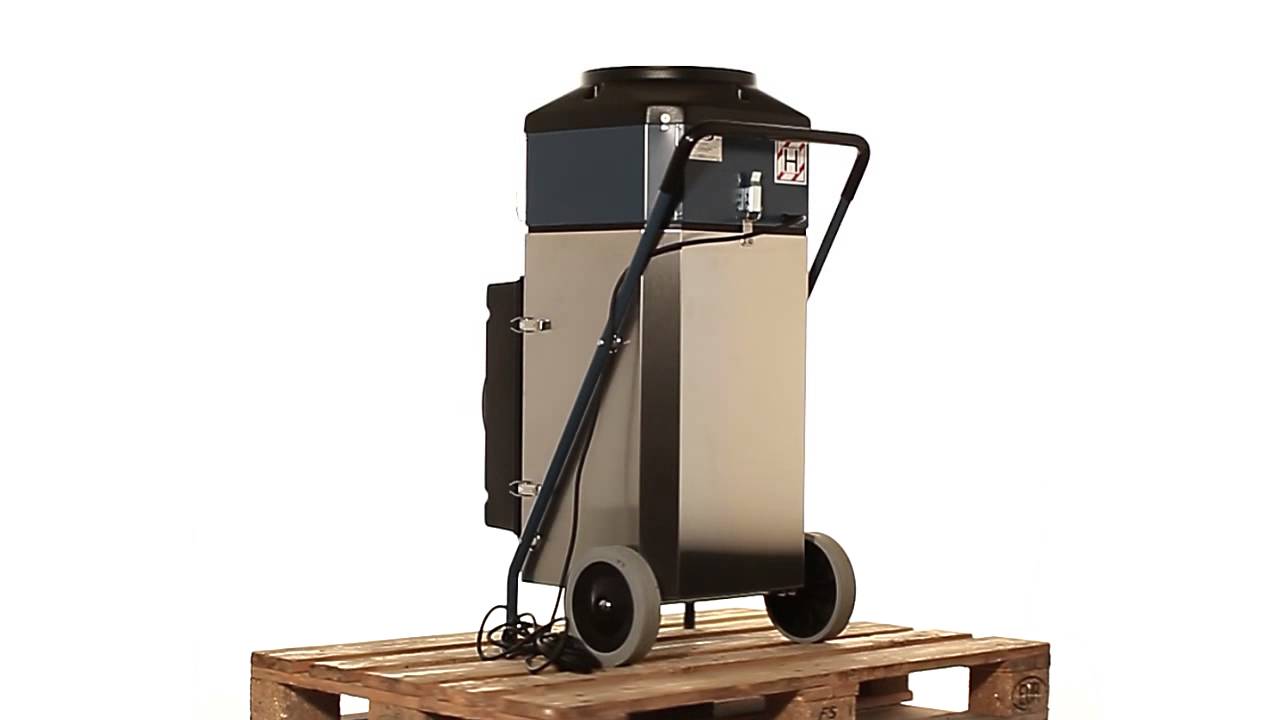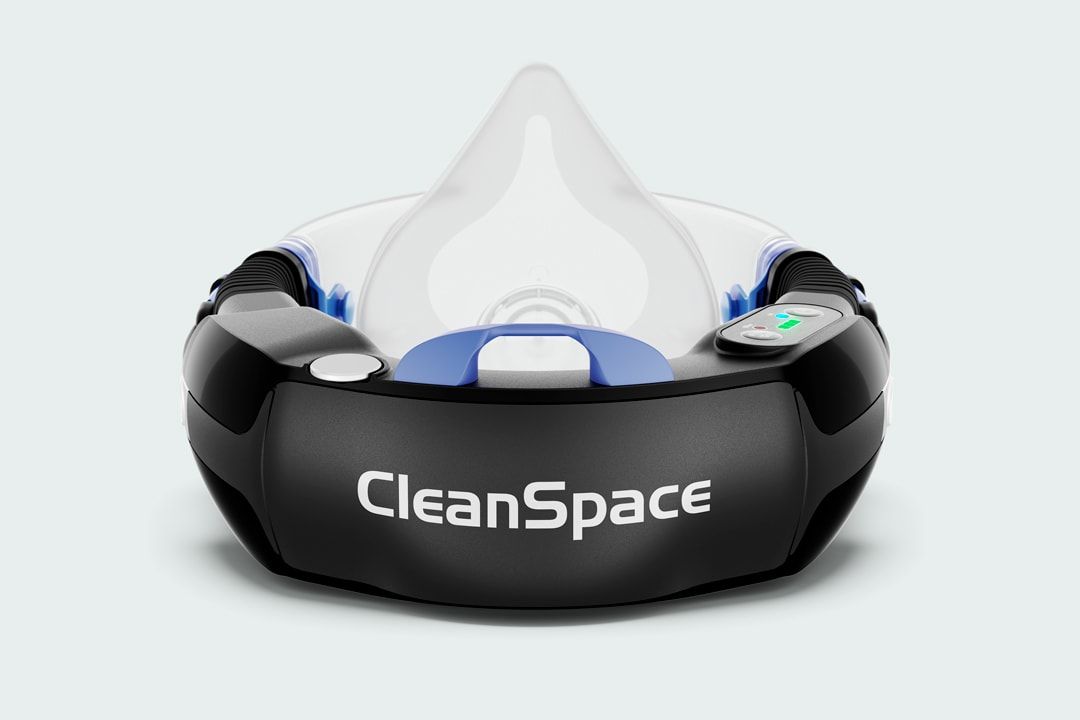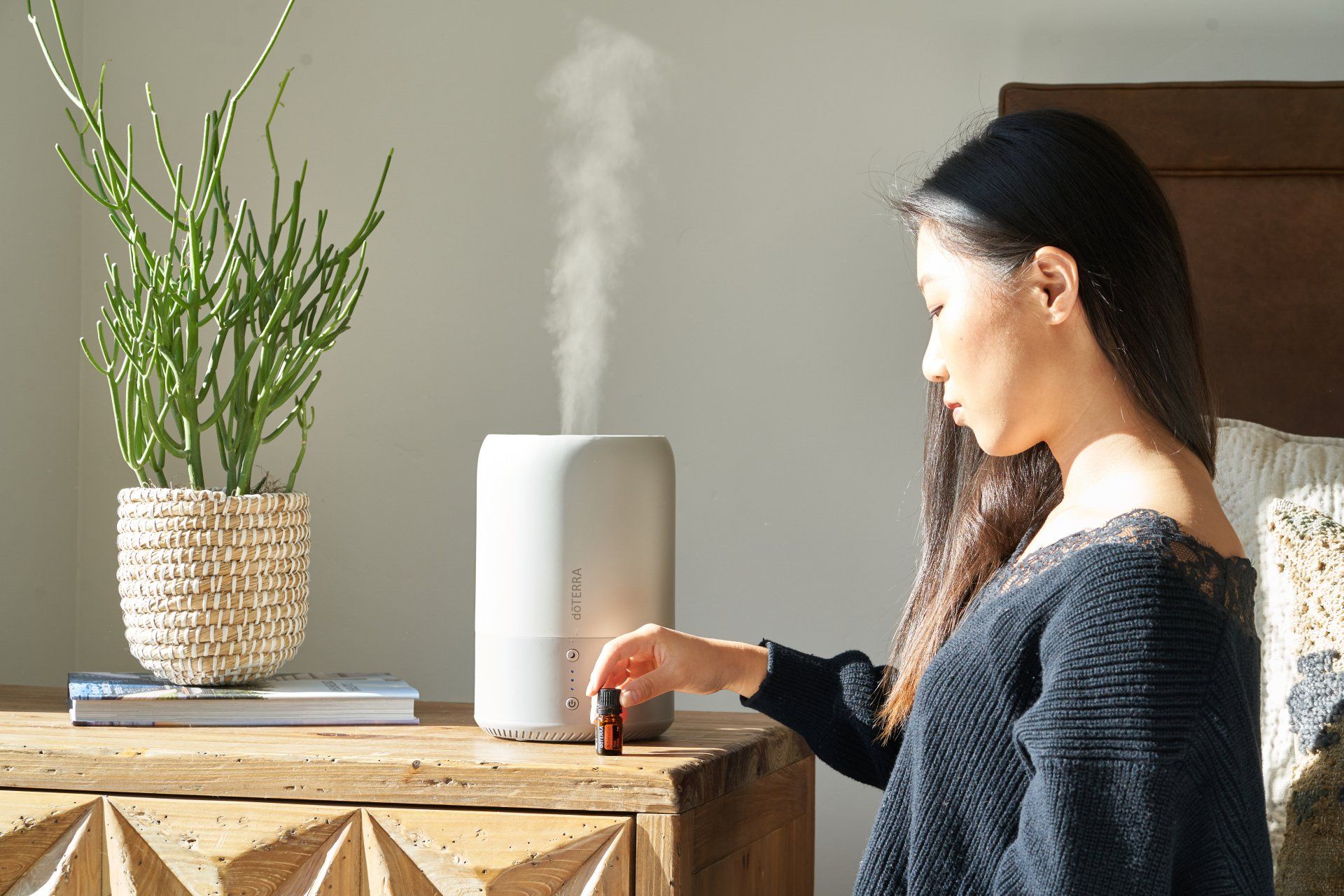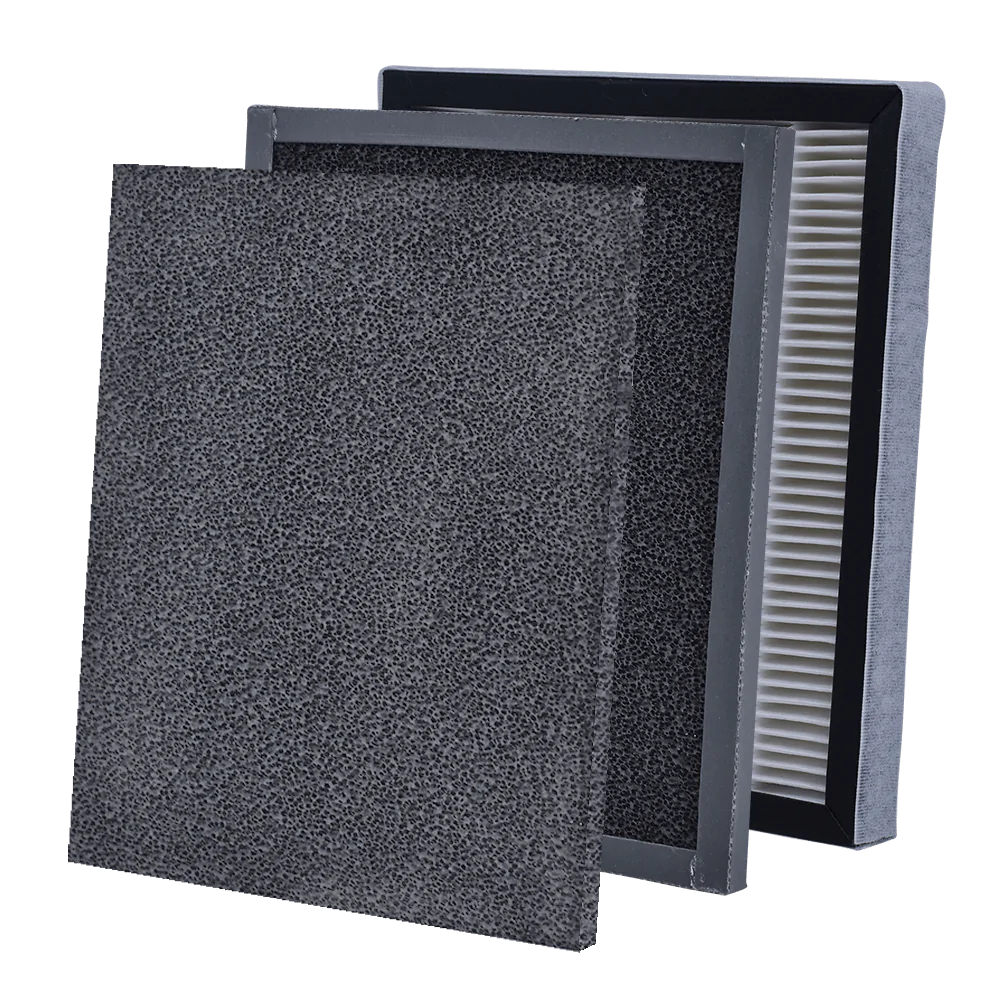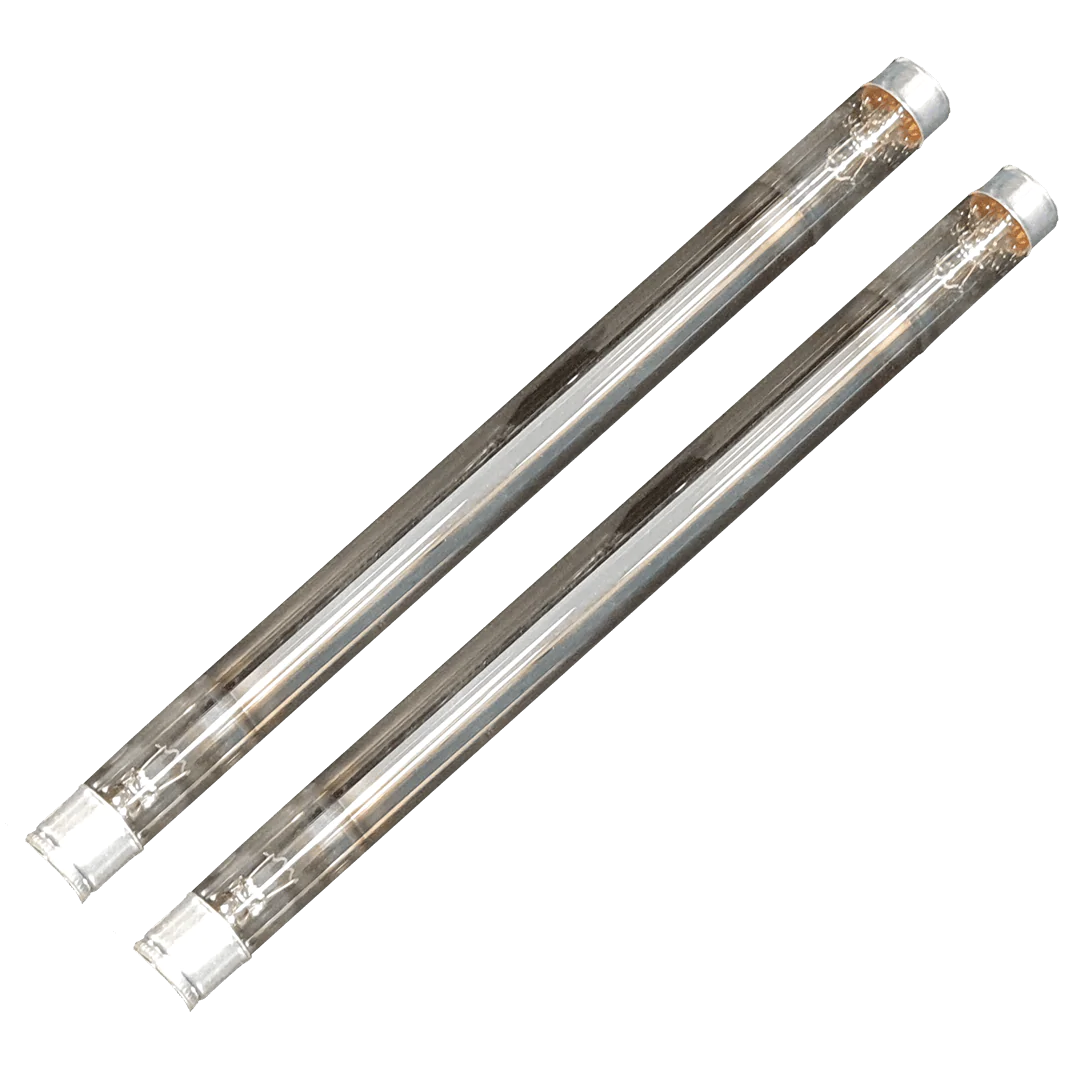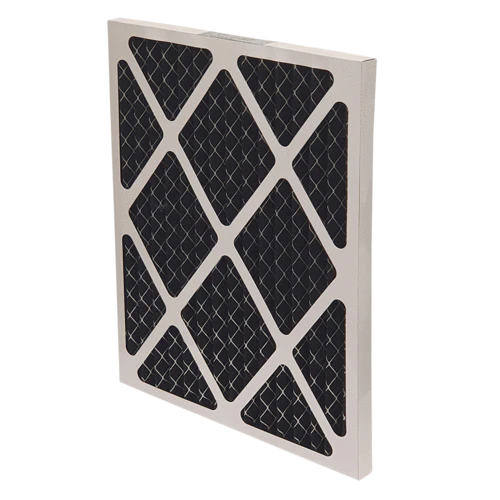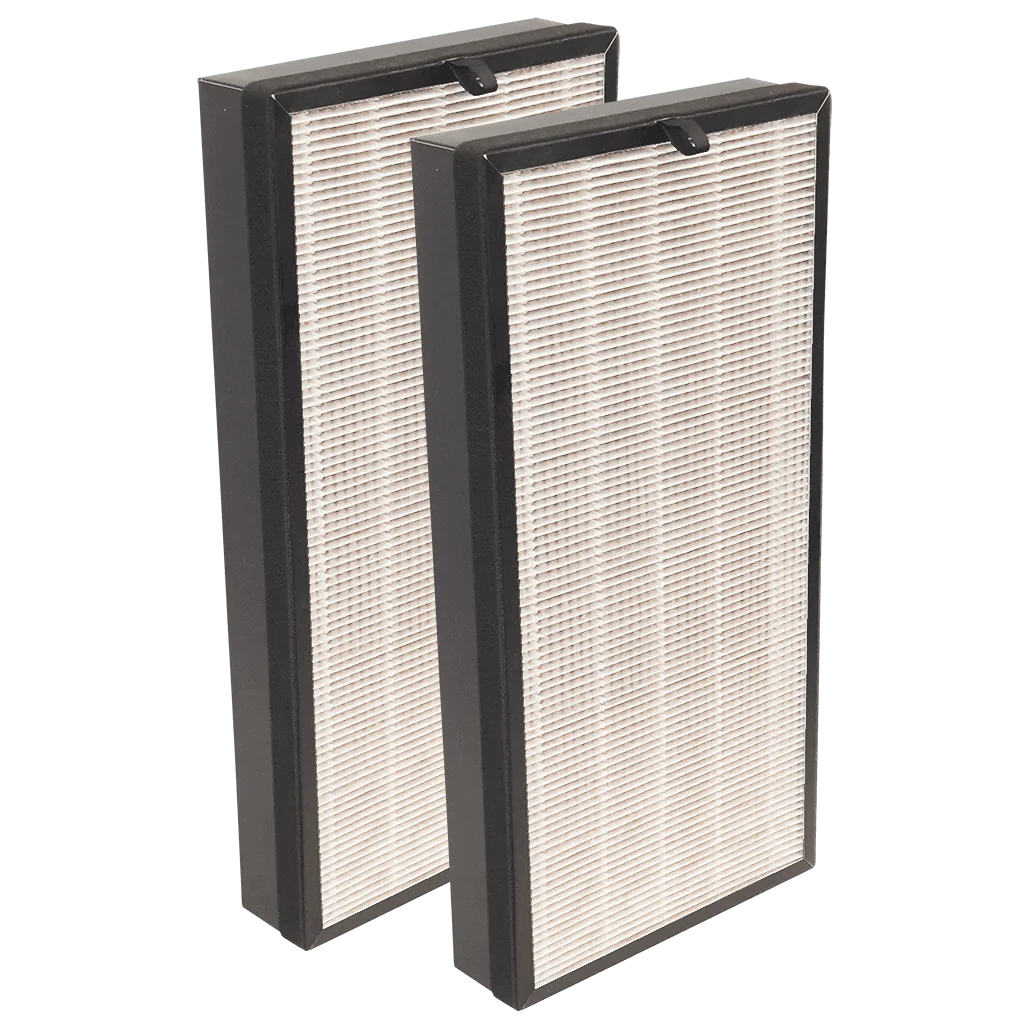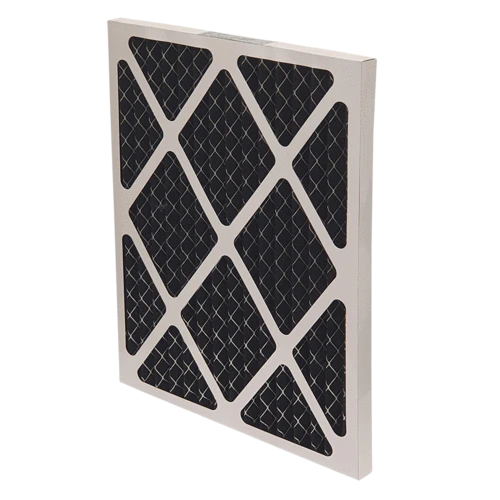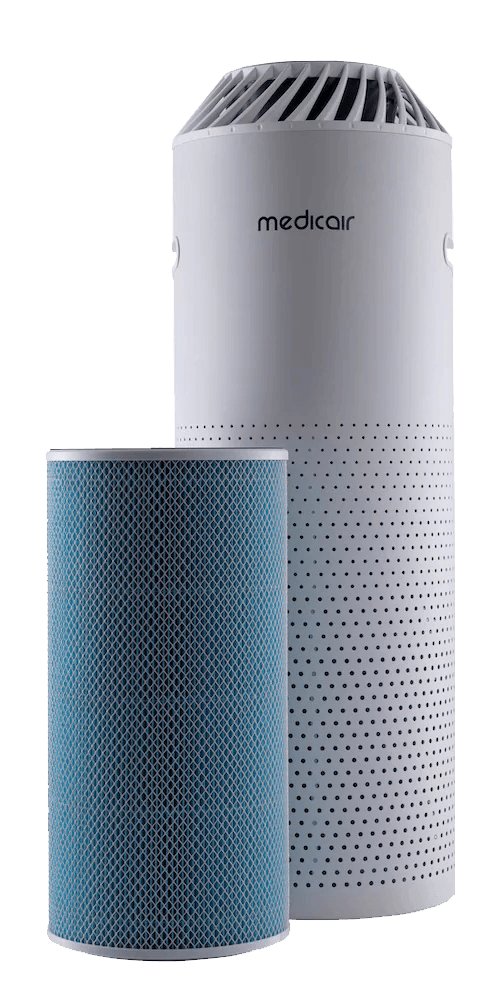Air Quality Solutions
Air Purifiers
The Importance of Proactive Real-Time Air Quality Monitoring
There is an increasing concern about air pollution levels both outdoors and indoors – especially as indoor air can be five times as polluted as outdoor air. Since indoor air is not circulated as much as outside air, many airborne pollutants continue to thrive inside.
Air purifiers can refresh stale air, reducing the chances of health issues caused by indoor pollutants, which can trigger respiratory infections, neurological problems, or aggravate symptoms in asthma sufferers. Quality air purifiers eliminate several types of indoor air pollutants, keeping us healthy.
Air purifiers with HEPA technology filters can remove 99.7 percent of the airborne particulate matter (PM) circulating in your workplace or home environment. Removing these pollutants can lead to several immediate and long-term health benefits such as better sleep quality, improved heath and increased life expectancy.
If it's not possible to increase ventilation because your outdoor air quality is poor, or you suffer from hay fever or other allergies and can't leave windows open for long periods in case pollen comes in, then an air purifier would be a good investment, provided you buy the right model.
Remember that you'll need to close the doors and windows to the room with the air purifier in, so that you're not letting in more pollution for it to tackle. It's also worth keeping in mind that your air purifier will not be able to clean the air throughout your whole property, as it'll come with a maximum room size in which it can do so – so multiple units may be required.
Our tests show that using an air purifier in your workplace home will reduce the number of pollutants in the air, such as dust, pollen and smoke particles. All the models we’ve tested removed at least some particles from the air, but the difference between the best and worst is enormous. In your place of work or home picking one of the worst models we've tested means it would take much, much longer to clean the air. This is not much use if you’re allergic to household dust or pollen and need these pollutants banished fast.
Air Purifiers
Browse through some of our Air Purifiers below!
Types of Air Purifier
The best air purifiers will do a great job of cleaning the air within your workplace or home. But there are also plenty of air purifiers that struggle to tackle common issues such as allergens, including some expensive models. 'Air purifier' is a popular term for these machines, so that's how we refer to them, but 'air cleaner' is more accurate.
These machines don't leave you with sterile or completely pure air, but they can make it cleaner.
Our tests have found that a good model will improve the air quality in your workplace quickly without making too much noise or using too much energy. Poorly performing air purifiers will be significantly slower, trap far fewer particles in the same time period, and potentially make more noise and use more energy in the process. Some air purifiers are great all-rounders, while others are better at tackling one type of pollutant than another. If you've got hay fever, for example, your priority might be picking a model that's great at trapping pollen.
Important Issues to Consider
The important issues when choosing an Air Purifier are the following: -
Keeping Surfaces Clean and Safe
Microbial Surface Sanitisation
COVID-19 has created much higher expectations for hygiene and cleanliness in indoor environments. Employees and customers now expect very high standards of cleanliness in the environments they operate in. A dirty environment can result in lower productivity, sales and have an negative impact on reputation
Vitec Microgenix products and services have been designed to allow organisations to exceed hygiene expectations cost-effectively and with minimal disruption to your business.

Air Filters
What are the Benefits of HEPA, Carbon & Combination Filters?
HEPA 13 Filter
A HEPA filter is a specific type of high-quality air filter that meets the HEPA filter standard, which is to remove at least 99.97% of particles from the air down to at least 0.3 microns in size.
HEPA filters are a common component found in air purifiers which filter the air in order to clean it – there are other types of air purifier such as carbon filter, ionizers and even non-filter purifiers.
HEPA filters are also used in vacuum cleaners and in industries which require high air quality, such as aerospace, pharmaceuticals, nuclear power and the manufacturing of computer chips.
HEPA stands for High Efficiency Particulate Air. A HEPA air filter is made up of thousands of extremely fine fibres arranged into a matt to intercept both microscopic particles and larger ones. An air purifier will push air from the room through the filter to remove pollutant particles.
By definition HEPA filters can trap close to 100% of the particles in the air that are 0.3 microns or smaller. (Bearing in mind that there are 10,000 microns in a centimetre, a particle 0.3 microns in diameter is really, really tiny.)
Air Filters
Browse through some of our Air Filters below!
Why is it necessary to remove such small particles from the air?
Microscopic airborne particles are nearly impossible to see, but can be taken into the lungs and be irritating or damaging to your health, especially for anyone who suffers from allergies or asthma. Larger particles such as pollen, mould spores, dust and other allergens are usually filtered out of our systems in the nose or throat – causing all of those unpleasant symptoms that allergy suffers face. These larger particles are easily removed from the air by a HEPA filter.
Smaller particles, such as PM 10 particles, which are only 10 microns in diameter make it past our throat and into our lungs. Even smaller particles, like PM2.5 particles which are 2.5 microns in diameter, can make it right down into the alveoli in our lungs, posing a serious health risk. Most of these tiny particles are pollutants resulting from fossil fuels, traffic or chemicals. It was estimated that small particulate pollution cause around 370,000 premature deaths in Europe in 2005. Scary stuff really!
It turns out that a particle that is 0.3 microns wide is actually the hardest to filter out of air. So if a HEPA filter removes 99.97% of particles that are 0.3 microns in size, it is even more effective at removing PM10, PM2.5 and the larger allergens such as pollen.
Popular Reasons for Choosing a HEPA Filter
- New parents – A HEPA air filter will remove pollutants from the air making it safer for young children (and adults) to breathe.
- Smokers – You need an air purifier with both a HEPA filter and a carbon filter inside. The first to remove smoke particles and the second to remove the fumes, gases and associated odour.
- Pet owners – A purifier with a life time HEPA filter will remove allergy causing pet dander from the air. Look for a purifier with both a HEPA and carbon filter to remove allergens and odour.
- Asthma Sufferers – A well-chosen HEPA air purifier will removing common household allergens like mould spores, dust mite faeces and household dust particles., allergy sufferers can enjoy refuge from the unpleasant symptoms.
We Specialise in Air Quality Assessments
Air quality testing is important to help ensure your buildings safety and compliance to the latest legal requirements.
Carbon Filters
Carbon filtering is a method of filtering that uses a bed of activated carbon to remove contaminants and impurities, using chemical adsorption. Each particle, or granule, of carbon provides a large surface area, or pore structure, allowing contaminants the maximum possible exposure to the active sites within the filter media.
Each carbon filter is typically given a micron rating that specifies the size of particle which the filter can remove from a fluid. Typical particle sizes which can be removed by carbon filters range from 0.5 to 50 μm. The efficacy of a carbon filter depends not only on its particle size, but also on the rate of flow of fluid through the filter. For example, if air is allowed to flow through the filter at a slower rate, the contaminants will be exposed to the filter media for a longer amount of time…
An air purifier with a carbon filter works by setting up negative pressure inside the purifier, which draws in contaminated air from the surrounding area. As this air passes through a bed of activated carbon, volatile organic compounds (VOCs) are absorbed and harmful gasses are trapped.
Combining Activated Carbon Filters with Other Filters
The most popular combination of filters in air purifiers nowadays is an activated carbon and HEPA (high efficiency particulate air) filter.
These two filters together create a 2-stage filter mechanism. The HEPA filter takes care of pollutants over 0.3 microns in size, while the activated carbon takes care of pollutants smaller than that.
The 0.3-micron pollutant size is a blind spot. It’s a grey area between an activated carbon and HEPA filter since neither really works as efficiently in that size range. It’s probably easier for the activated carbon filter to remove smaller particles than those that are 0.3 microns and above.
Bottom line – the two filters together aren’t perfect but get close enough to perfection.
BENEFITS TO
Improving your indoor air quality
Indoor air quality testing can help you to ensure your buildings and employee’s safety. Regular Indoor Air Quality testing will ensure that you provide the safest and most beneficial environment for the building users and also help you to comply with current Health & Safety and Building Regulations.
Read more about the Importance of Air Quality

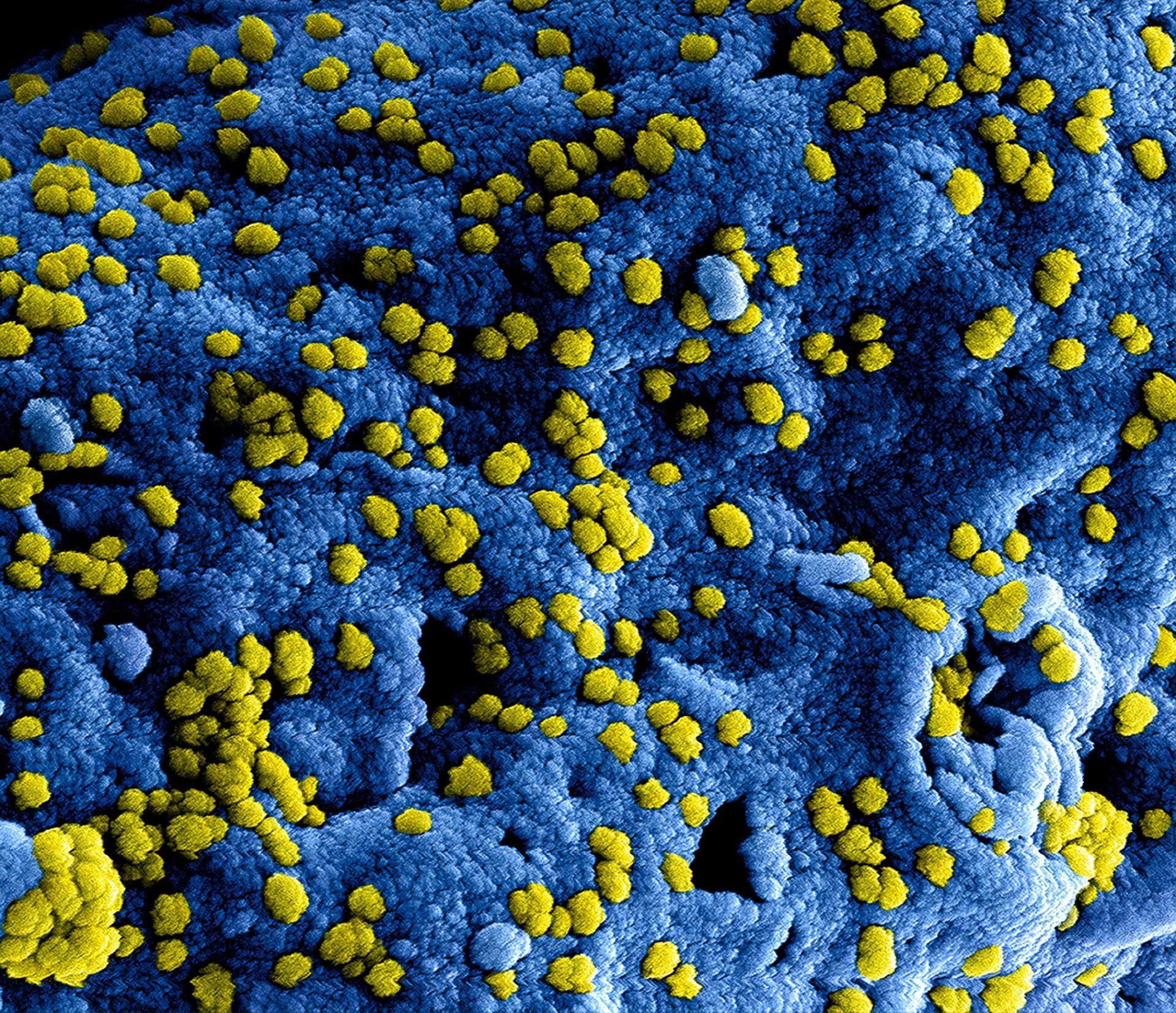

Call For Site Visit and Demonstration
We will attend your site, demonstrate and go through your options with you.
We will supply, install, train and maintain all Air Quality Products. Plus, We also provide a FULL SITE Air Quality Risk assessment that consider all Air Quality issues and causes.


